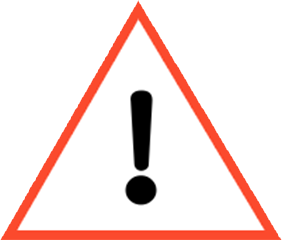Metrology
The Horwitz equation
In 1980, Horwitz et al.* suggested a relationship between the inter-laboratory reproducibility (expressed as relative standard deviation or RSDR) and the concentration (C expressed as a decimal fraction**) of the compound to be analyzed:
* Horwitz W., Kamps L.R., Boyer K.W. J. Assoc. Off. Anal. Chem. (1980) 63:1344.
** Example: 1 g/kg = 10-3 ; 1 mg/kg = 10-6
This is a purely empirical relationship that was based on a statistical treatment of the results of several inter-laboratory tests relating to mycotoxin analyses.
An estimate of repeatability was also given (expressed as relative standard deviation or RSDr) – this is referred to as the modified Horwitz equation:
To assess the quality of the accuracy of a method, the Horwitz Ratio is calculated (HorRat***):
A HorRat value between 0.5 and 2 is considered acceptable.







